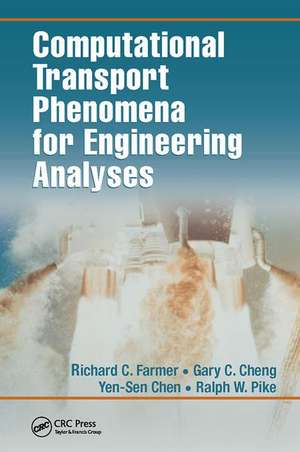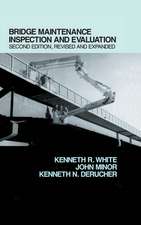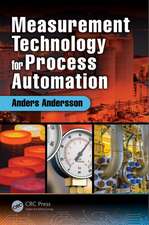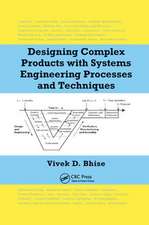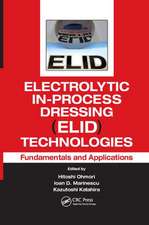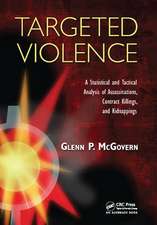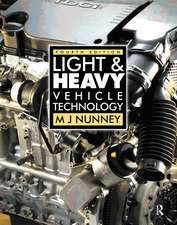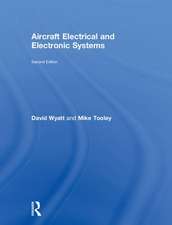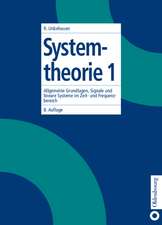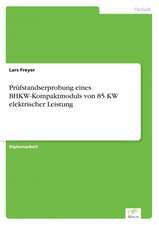Computational Transport Phenomena for Engineering Analyses
Autor Richard C. Farmer, Ralph W. Pike, Gary C. Cheng, Yen-Sen Chenen Limba Engleză Paperback – 24 ian 2018
The text covers transport phenomena with examples that extend from basic empirical analyses to complete numerical analyses. It includes a computational transport phenomena (CTP) code written in Fortran and developed and owned by the authors. The code does not require a lease and can run on a PC or a supercomputer. The authors also supply the source code, allowing users to modify the code to serve their particular needs, once they are familiar with the code. Using the CTP code, grid generation and solution procedures are described and visual solution presentations are illustrated thus offering extensive coverage of the methodology for a wide range of applications.
The authors illustrate and emphasize that the very general solutions afforded by solving the unsteady, multidimensional transport equations for real multicomponent fluids describe an immense body of physical processes. Bringing together a wealth of professional and instructional experience, this book stresses a problem-solving approach that uses one set of computational and graphical tools to describe all aspects of the analysis. It provides understanding of the principles involved so that code improvements and/or use of commercial codes can be accomplished knowledgeably.
| Toate formatele și edițiile | Preț | Express |
|---|---|---|
| Paperback (1) | 435.86 lei 6-8 săpt. | |
| CRC Press – 24 ian 2018 | 435.86 lei 6-8 săpt. | |
| Hardback (1) | 1106.36 lei 6-8 săpt. | |
| CRC Press – 3 iun 2009 | 1106.36 lei 6-8 săpt. |
Preț: 435.86 lei
Preț vechi: 572.20 lei
-24% Nou
Puncte Express: 654
Preț estimativ în valută:
83.40€ • 87.08$ • 68.87£
83.40€ • 87.08$ • 68.87£
Carte tipărită la comandă
Livrare economică 15-29 aprilie
Preluare comenzi: 021 569.72.76
Specificații
ISBN-13: 9781138114296
ISBN-10: 1138114294
Pagini: 546
Ilustrații: approx 941 equations; 28 Tables, black and white; 14 Illustrations, color; 57 Illustrations, black and white
Dimensiuni: 156 x 234 x 42 mm
Greutate: 0.88 kg
Ediția:1
Editura: CRC Press
Colecția CRC Press
ISBN-10: 1138114294
Pagini: 546
Ilustrații: approx 941 equations; 28 Tables, black and white; 14 Illustrations, color; 57 Illustrations, black and white
Dimensiuni: 156 x 234 x 42 mm
Greutate: 0.88 kg
Ediția:1
Editura: CRC Press
Colecția CRC Press
Public țintă
UndergraduateCuprins
Computational Transport Phenomena. The Equations of Change. Physical Properties. Turbulence Modeling Concepts. Other Turbulence Models. Computational Coordinates and Conservation Laws. Numerical Methods for Solving Governing Equations. The CTP Code. Multiphase Phenomena. Closure. APPENDIX A: Grid Stencils and Example Problems. APPENDIX B: Rudiments of Vector and Tensor Analysis. APPENDIX C: Fortran Primer. Index.
Notă biografică
Richard C. Farmer (SECA, Inc., Carson City, Nevada, USA) (Author) , Ralph W. Pike (Louisiana State University, Baton Rouge, USA) (Author) , Gary C. Cheng (University of Alabama, Birmingham, USA) (Author) , Yen-Sen Chen (National Space Organization, Hsinchu, Taiwan) (Author)
Descriere
With the dramatic advancement of computer technology, students in chemical engineering must have a firm understanding of complex transport phenomena analysis. Bringing together a wealth of professional and instructional experience, this graduate-level curriculum focuses on the current concepts of fluid mechanics, turbulent flow, and multiphase flow. It stresses a problem-solving approach that incorporates a reliance on the Computational Fluid Dymanics Code (CFD). The text presents one code at a time so that students are better able to understand the technique, and the book includes an appendix with problems and cases. Access to CTP code is provided and examples are available online.
